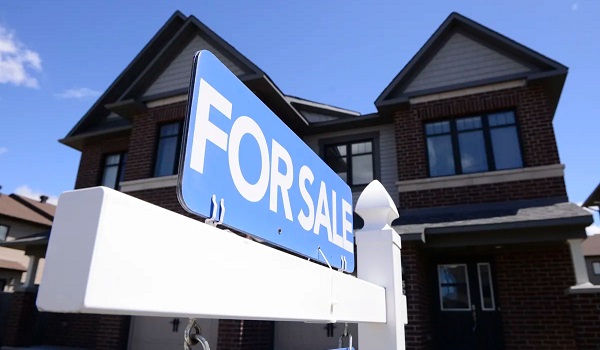Home prices are high in Toronto and expected to go higher by year’s end despite fall in March sales
Despite fewer homes sales than last March, Toronto prices jumped slightly and are expected to accelerate in the second half of the year as economists forecast interest rate cuts this summer.
Toronto-area sales were down 4.5 per cent year-over-year last month, according to the Toronto Regional Real Estate Board’s (TRREB) monthly report released Wednesday.
The reason, in part, is due to the statutory holiday Good Friday falling in March this year versus April last year, the report said, which hampered a few days of activity.
But the main reason, said TRREB’s chief market analyst Jason Mercer, is buyers continue to wait for lower interest rates.
“You have a lot of people on the sidelines not because they don’t plan to purchase, but they have this wait and see attitude,” he said. “Interest rate cuts are likely only a few months out, so people want to wait and evaluate mortgage carrying costs.”
Rate cuts would help first-time home buyers get into the entry-level condominium market, Mercer added.
Sales were down predominantly in the condo market by nearly 13 per cent year-over-year, followed by detached homes at three per cent, while semi-detached and townhouses saw slight increases at four per cent and one per cent, respectively.
“First-time homebuyers are sensitive for borrowing costs and that’s impacting sales in the condo market,” Mercer said. “If rents continue to increase, more potential homebuyers will look closely at buying if borrowing costs for a mortgage become less than rent.”
Average home prices across the region saw a marginal annual increase of 1.3 per cent to $1.12 million in March with TRREB forecasting that home prices will reach $1.17 million by the end of the year.
“That forecast is predicated on a tightening of the market when we see one or two interest rate cuts and more competition from buyers,” Mercer said. “Price growth is expected to accelerate during the spring and even more so in the second half of the year, as sales growth catches up with listings growth and sellers’ market conditions start to emerge in many neighbourhoods.”
New listings were down by three per cent compared to February, the report said, but increased by an annual rate of 18.3 per cent.
The sales-to-new-listings ratio in March was 50 per cent indicating a balanced market, which Toronto has been in since January. (Anything below 40 per cent is considered a buyers’ market and above 60 per cent a sellers’ market.)
April and May are typically the busiest months for the spring market, Mercer said, meaning sales are expected to pick up in the months ahead.
“Homeowners may be anticipating an improvement in market conditions in the spring, which helps explain the marked increase in new listings so far this year,” said TRREB President Jennifer Pearce, in the report. “Assuming we benefit from lower borrowing costs in the near future, sales will increase further, new listings will be absorbed, and tighter market conditions will push selling prices higher.”
This article was first reported by The Star













